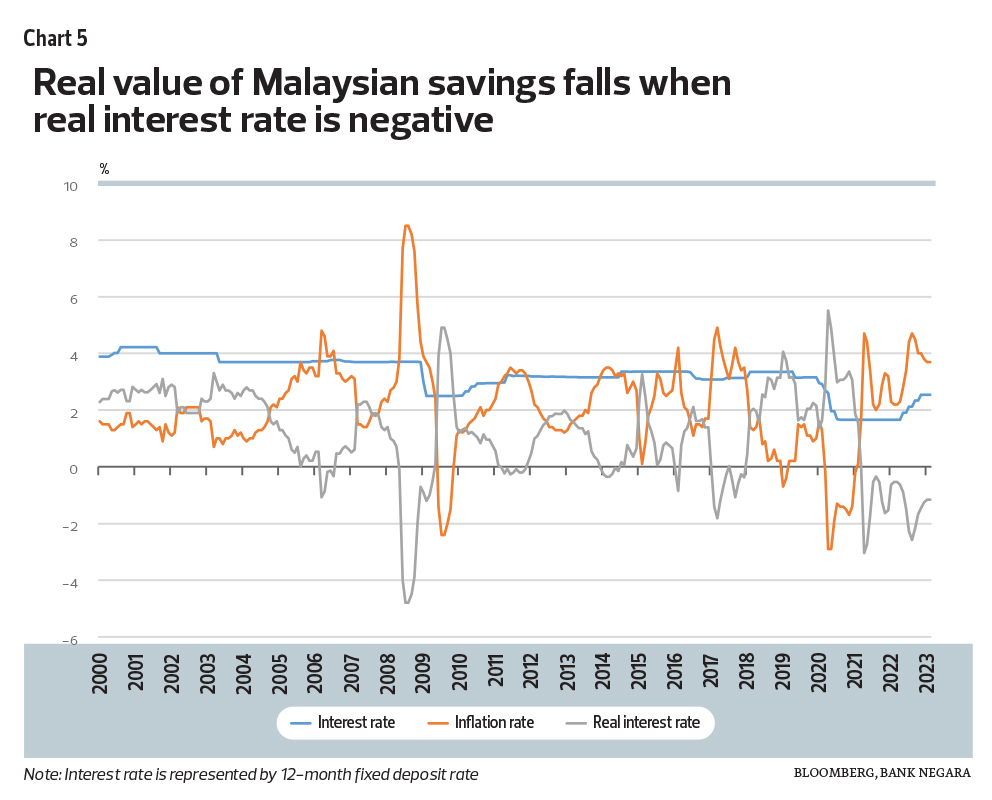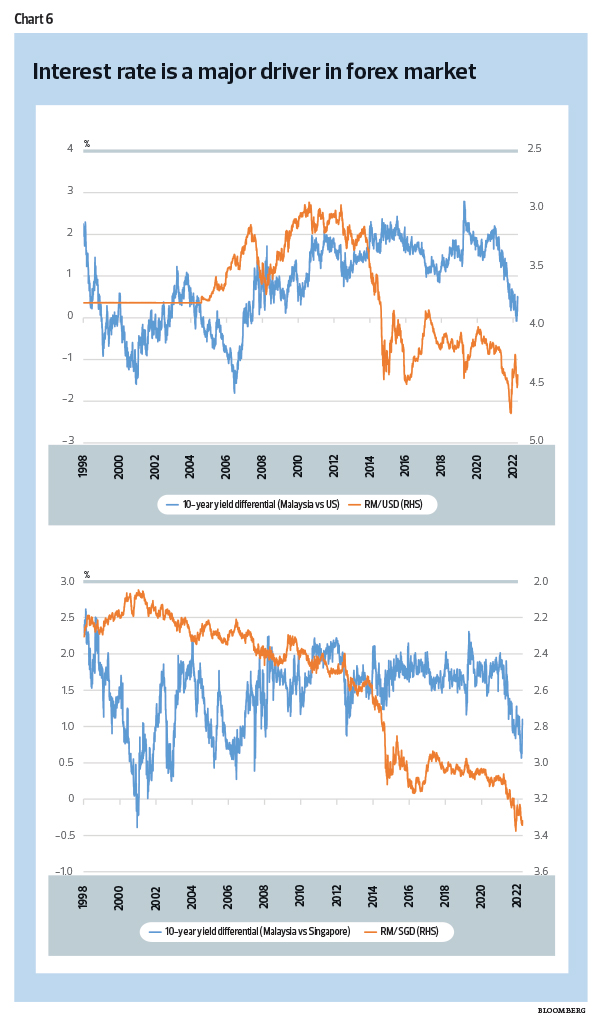POSTED ON APRIL 13, 2020, MONDAY
KUCHING: Malaysia’s stimulus package is larger compared with other major Asean economies, but analysts cautioned that the federal government now has limited fiscal space.
The research arm of Kenanga Investment Bank Bhd (Kenanga Research) observed that in terms of
share of GDP, Malaysia’s stimulus package is relatively large compared with other Asean economies, standing at
17.6 per cent of GDP, while Singapore’s stood at 12 per cent, Thailand at 12 per cent and Indonesia at 2.5 per cent.
“Although it may have additional support measures should the pandemic situation worsen, hindering economic activities for a prolonged period, we view that
the federal government has limited fiscal space,” Kenanga Research said.
“Generally, a fiscal stimulus could come from budget surplus or, in some cases, a drawdown from a national reserves.
“But, if a country’s balance sheet is still saddled with a deficit then issuing debt to finance the stimulus may only be the main option.”
Meanwhile, Kenanga Research highlighted that with a forecast debt of RM869 billion by end-2020 and an estimated outstanding debt as at March 2020 of RM822.5 billion, the balance of net debt issuance for the remainder of the year is around RM46.5 billion.
The research arm noted that this registered below the leftover debt space at an estimated RM61.7 billion, allowing the government to maintain its compliance to the aforementioned debt limits.
“In fact,
the government still have a remaining fiscal space of about RM15.2 billion (one per cent of GDP), should the need for additional fiscal injection arises.
“Malaysian government debt remains attractive among investors amid low interest rate environment in the advanced economies.
“In 2019, the government issued RM135.2 billion gross debt comprising 94.5 per cent of domestic borrowings and another 5.5 per cent of foreign borrowing (samurai bond).
“It is worth noting that the government received RM190.9 billion bid within the first eight months in 2019, far larger than the amount of total gross debt needed.”
Based on the current deteriorating economic condition and market sentiment, this year, the research arm
expected gross debt issuance to register between RM130 billion and RM150 billion.
According to Kenanga Research, from the liquidity perspective, data suggests that the
banking system condition remains conducive, with adequate funds to support financial intermediation.
It further highlighted that outstanding excess liquidity placed with Bank Negara Malaysia (BNM) was at RM156 billion, as at March 2020.
This could be expanded further, as the research arm viewed that the
BNM has a room to lower the Statutory Reserve Requirement ratio (SRR) by another 100 basis points (bp) to match the Global Financial Crisis-low of one per cent (March 2009), releasing an estimated RM17 billion (1.1 per cent of GDP) worth of liquidity into the market.
“This gives a rather sizeable impact as the statutory deposits account for almost 30 per cent of the excess liquidity.
“Of note, previously in March, the SRR was reduced by 100bp to two per cent and dealers were granted flexibility to recognise Malaysian Government Securities (MGS) and Malaysian Government Islamic Issues (MGII) of up to RM1 billion as part of the SRR compliance.
“BNM estimated the move to result in a RM30 billion, two per cent of GDP, worth of liquidity injection into the system.”
Kenanga Research went on to highlight that banking system deposits held by statutory agencies amounted to RM78.2 billion, as at February 2020.
The research arm also noted on temporary BNM financing, whereby section 71 of the Central Bank of Malaysia Act 2009 allows the
BNM to extend temporary financing (maximum 12.5 per cent (RM30.6 billion) of the projected revenue (RM244.5 billion as stated in the federal government’s budget tabled in the Parliament) to the government due to revenue deficiencies.
“The government is obligated
to repay BNM no later than three months after the end of the financial year the financing was made and BNM cannot extend any further temporary financing until the outstanding amount is fully repaid.”
On another note, against the backdrop of an unprecedented economic downturn and premising on the national reserves’ purpose of supporting the country, not only during a financial crisis, but also in the event of a national disasters or emergencies, Kenanga Research opined that
Malaysia could perhaps emulate Singapore’s best practice of managing its reserves.
The research arm recapped that
Singapore is among the few if not the only country in the world that has so far tapped into its national reserves to support its economy and to combat the negative impact brought about by the Covid-19 pandemic.
“Perhaps there is a need to relook, among others, at section 68 of the Central Bank of Malaysia Act 2009, whereby it broadly states that BNM shall hold and manage the foreign reserves in line with the policies and guidelines established by the Board.
“More empathy on the welfare of the people or rakyat should be considered as part of the policy objectives in times of need apart from playing a role to ensure a stable and sound financial system.”
https://www.theborneopost.com/2020/04/13/federal-govt-has-limited-fiscal-space/


